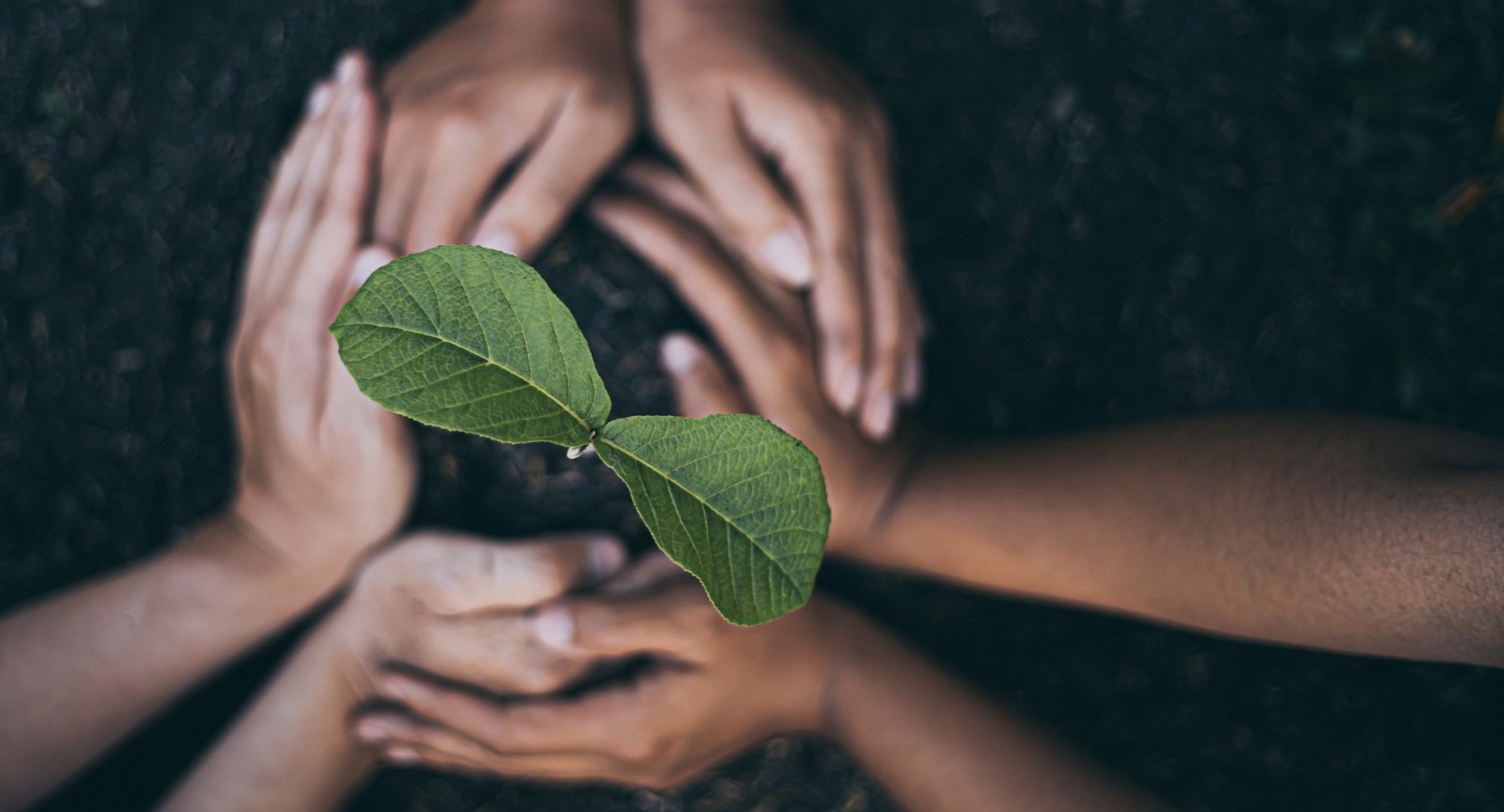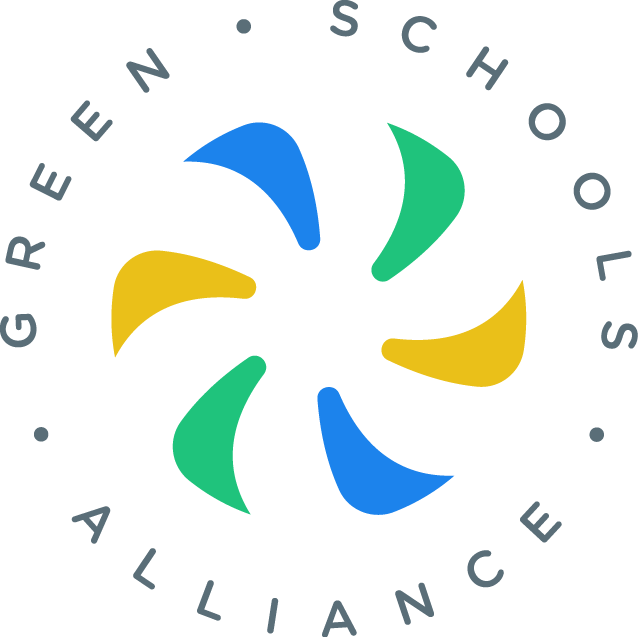
Education equips learners with the knowledge, skills, and mindset to understand and respond to today’s environmental challenges, and to help restore and regenerate the natural systems we depend on.
Schools can prepare students to think critically, act creatively, and contribute to a future where communities and ecosystems can thrive—now and for generations to come.

This START metric is about organizing and hosting sustainability-related events, with students as the intended audience. Examples include assemblies, guest speakers, fairs, summits, symposiums, webinars, movie screenings, or even a live-streamed concert.
This START metric is about encouraging students to connect with their natural surroundings through activities like camping, hiking, stream cleanups and outdoor summer camps. Schools will provide information about or access to outdoor programs, and will later require student participation, to promote student well-being and encourage sustainable, nature-conscious mindsets in schools and students alike.
This START metric is about building student engagement in environmental and/or sustainability activities, such as an Enviro-Club, a Student Sustainability Council, or student-driven collection drives, carbon-offsetting initiatives or basic waste audits. These groups should be student-driven, active and engaged through recurring meetings.
Metric #4: Student Orientation
This START metric is about educating students about campus sustainability during orientation, using school facilities as teaching tools while introducing them to concepts and practices like energy efficiency/conservation, waste reduction, water quality, awareness, transportation practices, air quality.
Metric #5: Course Development Training
This START metric focuses on supporting teachers to explore how sustainability and regenerative concepts can be meaningfully integrated into their existing curriculum. Through this training, educators will gain practical strategies for connecting classroom content to real-world environmental challenges and solutions—helping students build critical thinking skills and a deeper understanding of how their learning relates to the world around them.
This START metric encourages schools to weave sustainability and regeneration themes into existing academic subjects across all grade levels. Rather than introducing sustainability as a standalone subject, it becomes a natural part of learning in areas such as science, humanities, technology, and the arts. This approach is supported by Course Development Training (Metric 7), which helps teachers identify meaningful ways to make these connections in their classrooms.
Metric #7: Outdoor Learning Environments
This START metric is about providing access to outdoor areas that are readily accessible to classes (low cost/ low time expense), and can serve as a learning space for various existing subjects. For example, an on-campus garden or a neighborhood stream are environments that are easily integrated into the Science or Biology curricula for many age groups.
Metric #8: Sustainability Learning Outcomes
This START metric encourages schools to assess student understanding of sustainability and regenerative concepts as part of existing subjects—formally or informally—in at least 2 school subjects each year. The goal is to ensure that students are developing key knowledge and skills related to responsible resource use, environmental awareness, and real-world problem-solving, within the context of their regular coursework.

What is ‘Sustainability’?
“Meeting the needs of the present generations without compromising the ability of future generations to meet their own needs.”
Did you know that the mass of human-made things just exceeded the mass of all living things on earth?
Or that planet is now hotter than at any time in the past 125,000 years - and that there is near-universal consensus (97–99.9%) in the peer-reviewed scientific literature that the climate is changing as a result of human activity?
We need to learn, adapt and think creatively to solve these new challenges, and create a new future in which we work with our shared planet, instead of against it.
Sustainability is the ongoing effort to reduce human impact on the planet and to restore the health of the natural systems we all depend on, so that both people and nature can thrive. It involves using resources wisely, supporting strong communities, and rethinking how we live, learn, and work to ensure wellbeing now and into the future.
A truly sustainable approach also supports regeneration—the process of renewing and strengthening the Earth's life-support systems, including clean air, fresh water, healthy soil, and biodiversity, the rich variety of life that makes our planet habitable (for all earth’s creatures - including us!). These systems are under increasing pressure, but through informed, purposeful action, we can help restore them and safeguard the foundation of life for ourselves and for future generations.

What is ‘Regeneration’?
Regeneration goes beyond sustainability by focusing not just on maintaining the status quo but on actively restoring, renewing, and enhancing natural systems, communities, and economies. While sustainability aims to "do no harm" by preserving resources for future generations, regeneration seeks to "do better" by improving the health and vitality of the systems we depend on.
Schools hold the key to a healthy, sustainable and regenerative future.
They are role-models and incubators that that nurture, educate and prepare each generation for adult life.
Schools have a unique opportunity and profound responsibility to become part the transition to a sustainable, regenerative future in which people and planet can thrive.
But how do we get there?

START: Sustainability Tracking, Analytics & Roadmap Tool was created by schools, for schools, to help them develop comprehensive programs for step-by-step progress towards sustainability, regenerative practice, and student empowerment.
START provides a Roadmap for School Sustainability:
It breaks down school sustainability into clear actions (‘metrics’), such as Minimizing Waste, Reducing Greenhouse Gas Emissions, and supporting Sustainable Transportation options.
However, research shows it’s not enough for a school to simply reduce its environmental impact.
Students and staff also need to learn about sustainability, and practice it in day-to-day activities, because this impacts their attitudes and behaviors when they leave school. That’s why START includes metrics like Sustainability Events for Students, Sustainability Course Content, and Sustainable Purchasing Practices.
How sustainable is our school now?
Schools use START to measure how sustainable they are now. A school’s START team investigates how their school currently operates to find their ‘sustainability baseline’ for each metric. For example, is our school a beginner, intermediate or advanced in sustainable water use? START enables schools to benchmark, track and visualize their current sustainability levels, as well as hard data around their waste, water, energy and greenhouse gas emissions.
Where should we go next, and do we collaborate for success?
What do we need to do to ‘level up’ in each metric? Once schools have their baselines, START helps them to set goals and plan for progress. START provides a central hub for school members to collaborate, document, and plan their school’s sustainability journey.

START is a subscription-based Whole School Sustainability dashboard.
It requires at least one adult school member to create a school’s START account, but it will need a team (students, teachers and staff) to grow a Whole School Sustainability program.
Interested schools can sign up for a demo or apply to set up an account.
Learn more about START here, and consider sharing the brochure with your school.














